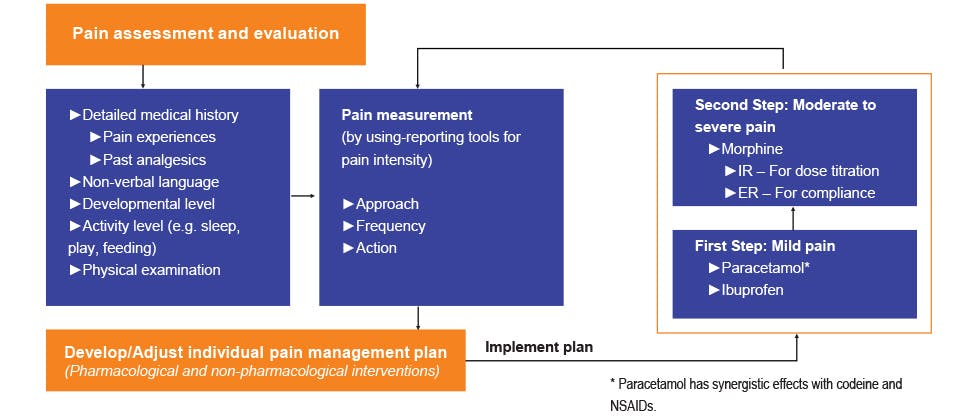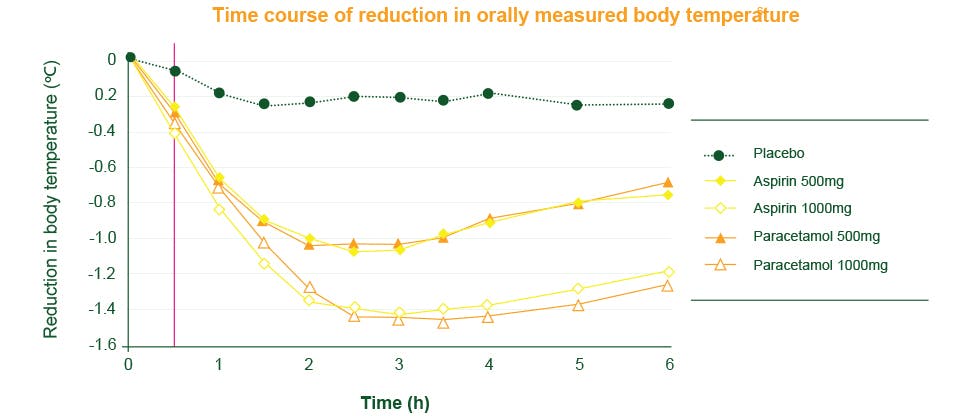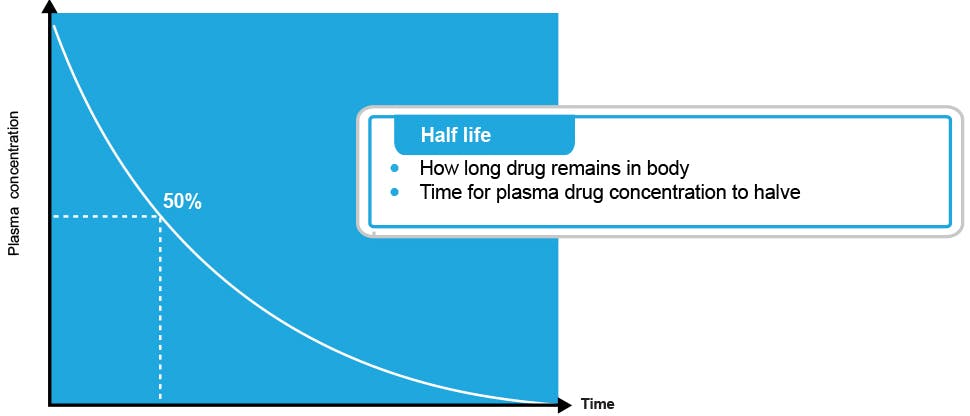The science of paracetamol
Paracetamol exerts its analgesic and antipyretic effect by inhibition of prostaglandins. However, unlike non-steroidal anti-inflammatory drugs (NSAIDs), it does not have any anti-inflammatory properties or associated with any gastrointestinal adverse effects.1
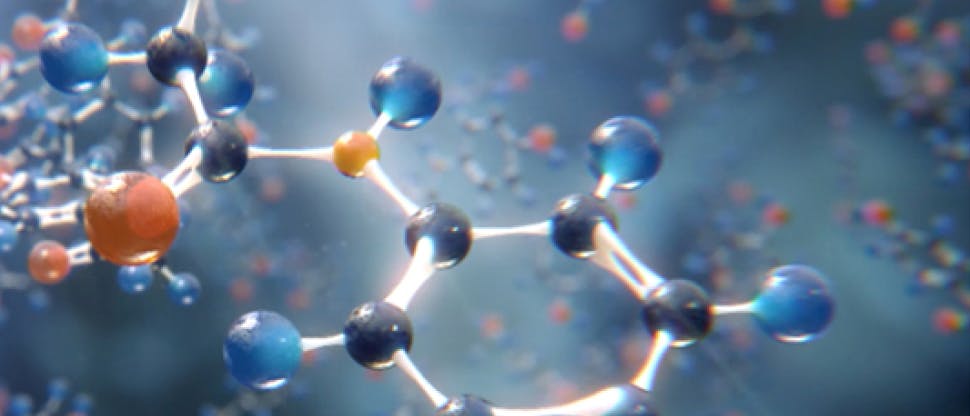
Paracetamol basics
Globally, paracetamol or acetaminophen is one of the most used analgesic and antipyretic over-the-counter drugs. Both its names are derived from its chemical name, which is N-acetyl-para-aminophenol.1 From the time of its first introduction in 1955 for use in children with fever and pain, paracetamol is currently formulated as a single compound or as an active ingredient of multi-component preparations in combination with other drugs 1 such as caffeine and aspirin.2
When paracetamol is taken as indicated, minimal serious side effects have been observed.15
Discover the Panadol range with paracetamol
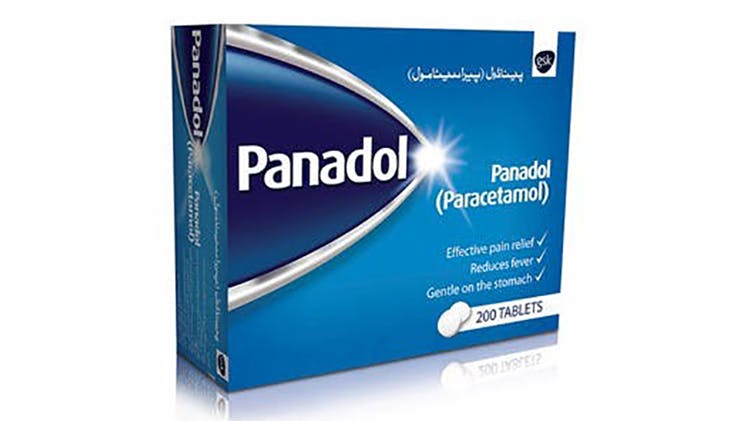
Panadol Tablets
Helps fight everyday pains and for relieving fever.
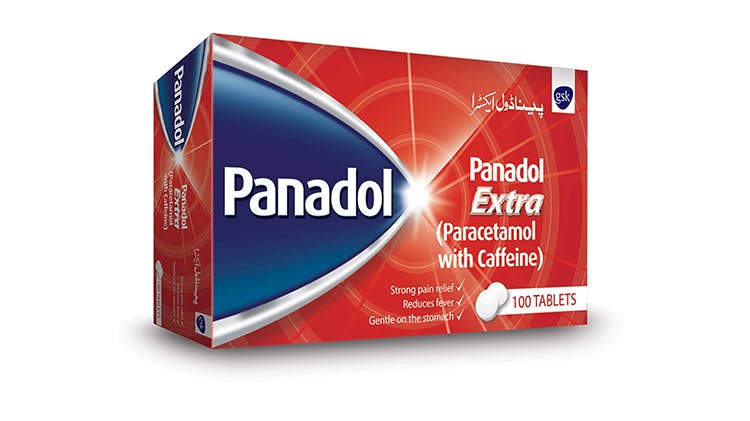
Panadol Extra for fighting tough pains
Dual “active” formulation with caffeine that fights tough pains.10-14

Tough‡ on fever and pain,21 gentle 13, 21,22¶ on the child
Containing paracetamol, which is recommended as 1st line treatment of fever and mild-to-moderate pain in children,13,22,23 Paracetamol in Panadol Children starts to relief fever within 15 minutes of dosing.24,25, *
Learn more

Be a pain changer
An easy to use tool for pain assessment in your patients or customers.

